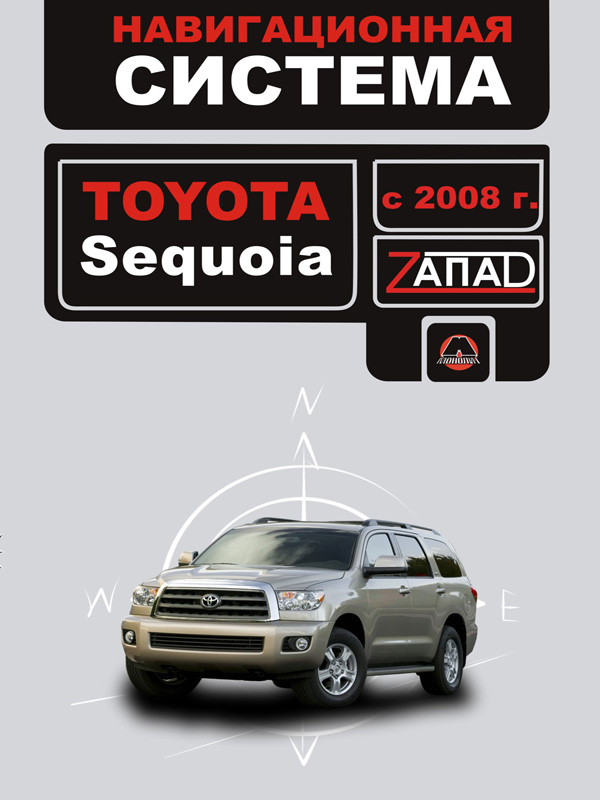 Outdoor Navigation with GPS
Outdoor Navigation with GPS
Автор: Stephen W. Hinch
Год издания: 0000
For outdoor adventurers who hike, fish, kayak, cross-country ski, or mountain bike in the backcountry, a GPS receiver can help them reach their destination and return safely – but only if they know how to use it! Here is the guide to getting the most out of a GPS receiver, from basic consumer advice to advanced techniques. It even includes fun solo and team games that utilize GPS. Starting with essential definitions and moving on to creating waypoints, and using your GPS with a computer, this succinct book teaches the basics of navigation and outdoor GPS use. Advanced techniques are covered, such as creating custom maps, and new technologies are discussed, including using GPS-enabled mobile phones, and how to use GPS with Google Earth and Google Maps. With years of experience as a GPS instructor, Hinch is well-versed in all aspects of navigation and GPS use, and he covers them in a jargon-free, easy-to-follow style.
 Mobile Robots. Navigation, Control and Remote Sensing
Mobile Robots. Navigation, Control and Remote Sensing
Автор: Gerald Cook
Год издания:
An important feature of this book is the particular combination of topics included. These are (1) control, (2) navigation and (3) remote sensing, all with application to mobile robots. Much of the material is readily extended to any type ground vehicle. In the controls area, robot steering is the issue. Both linear and nonlinear models are treated. Various control schemes are utilized, and through these applications the reader is introduced to methods such as: (1) Linearization and use of linear control design methods for control about a reference trajectory, (2) Use of Lyapunov stability theory for nonlinear control design, (3) Derivation of optimal control strategies via Pontryagin’s maximum principle, (4) Derivation of a local coordinate system which is fundamental for the steering of vehicles along a path never before traversed. This local coordinate system has application regardless of the control design methods utilized. In the navigation area, various coordinate systems are introduced, and the transformations among them are derived. (1) The Global Positioning System (GPS) is introduced and described in significant detail. (2) Also introduced and discussed are inertial navigation systems (INS). These two methods are treated in terms of their ability to provide vehicle position as well as attitude. A preceding chapter is devoted to coordinate rotations and transformations since they play an important role in the understanding of this body of theory.
 The Outdoor Chums in the Big Woods: or, Rival Hunters of Lumber Run
The Outdoor Chums in the Big Woods: or, Rival Hunters of Lumber Run
 The Outdoor Chums on a Houseboat: or, The Rivals of the Mississippi
The Outdoor Chums on a Houseboat: or, The Rivals of the Mississippi
 The Outdoor Chums on the Lake: or, Lively Adventures on Wildcat Island
The Outdoor Chums on the Lake: or, Lively Adventures on Wildcat Island


